Home>Home Appliances>Bathroom Appliances>How Long Does An Electric Toothbrush Last
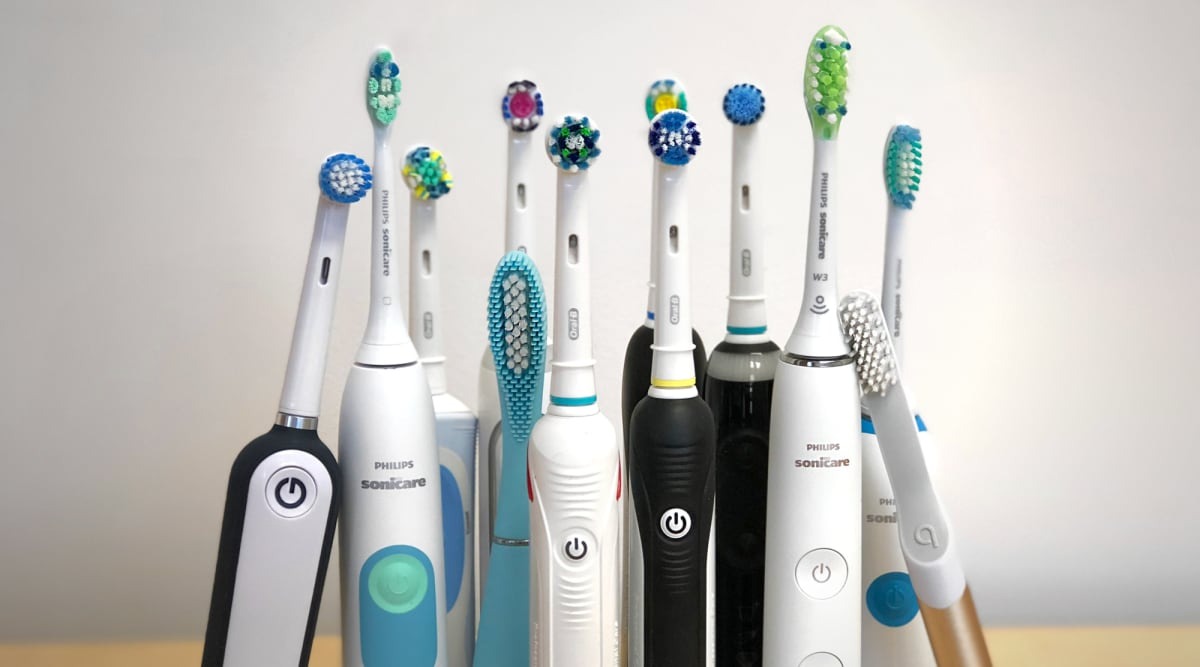

Bathroom Appliances
How Long Does An Electric Toothbrush Last
Modified: April 22, 2024
Discover the lifespan of electric toothbrushes and how to maximize their longevity. Get expert tips on maintaining bathroom appliances for long-lasting use.
(Many of the links in this article redirect to a specific reviewed product. Your purchase of these products through affiliate links helps to generate commission for Storables.com, at no extra cost. Learn more)
**
Introduction
**
Electric toothbrushes have revolutionized oral hygiene, offering advanced features and precise cleaning capabilities. However, like any electronic device, their longevity is a common concern for users. Understanding the factors that influence the lifespan of an electric toothbrush, recognizing signs indicating the need for replacement, and implementing maintenance practices are essential for optimizing its durability.
In this comprehensive guide, we will delve into the various aspects of electric toothbrush longevity. From exploring the factors affecting their lifespan to providing practical tips for extending their usage, this article aims to equip you with the knowledge needed to make the most of your electric toothbrush investment. Whether you are a seasoned electric toothbrush user or considering making the switch, this guide will empower you to maximize the lifespan of your device and maintain optimal oral health.
Let's embark on a journey to uncover the secrets of prolonging the life of your electric toothbrush and ensuring that it continues to deliver exceptional performance for years to come.
Key Takeaways:
- Regularly replace your electric toothbrush’s brush head and follow proper charging habits to extend its lifespan and maintain optimal oral hygiene.
- Keep an eye out for worn-out bristles, decreased cleaning performance, battery issues, physical damage, and outdated models as signs that your electric toothbrush may need replacement.
Factors Affecting the Lifespan of an Electric Toothbrush
The longevity of an electric toothbrush is influenced by various factors, each playing a crucial role in determining its overall lifespan. Understanding these factors is essential for making informed decisions regarding the care and maintenance of your device. Here are the key elements that impact the longevity of an electric toothbrush:
1. Quality of Construction:
The quality of materials and construction significantly affects the durability of an electric toothbrush. High-quality models featuring robust components and well-engineered mechanisms are likely to outlast their lower-quality counterparts. When selecting an electric toothbrush, prioritizing reputable brands and models known for their superior build quality can contribute to an extended lifespan.
2. Brush Head Replacement:
The brush head of an electric toothbrush plays a pivotal role in maintaining oral hygiene. Over time, the bristles of the brush head wear down, diminishing their cleaning effectiveness. Regularly replacing the brush head as recommended by the manufacturer is essential for ensuring optimal performance and hygiene. Neglecting to replace the brush head can lead to reduced cleaning efficacy and potentially shorten the lifespan of the device.
3. Battery Health and Charging Habits:
The battery health and charging habits significantly impact the lifespan of an electric toothbrush. Lithium-ion batteries, commonly used in modern electric toothbrushes, are susceptible to degradation if not properly maintained. Overcharging or allowing the battery to completely discharge frequently can accelerate wear and reduce the overall lifespan of the device. Adhering to the recommended charging practices and avoiding extreme battery conditions can help preserve the longevity of the electric toothbrush.
4. Maintenance and Cleaning:
Regular maintenance and cleaning routines are essential for prolonging the lifespan of an electric toothbrush. Properly rinsing the brush head after each use, ensuring the handle remains dry, and periodically cleaning the charging base can prevent the accumulation of moisture and debris, thus reducing the risk of malfunctions and extending the device’s lifespan.
5. Environmental Factors:
The environment in which an electric toothbrush is used can impact its longevity. Exposure to excessive humidity, extreme temperatures, or physical damage due to mishandling can compromise the device’s functionality and durability. Storing the electric toothbrush in a dry, moderate-temperature environment and handling it with care can contribute to its prolonged lifespan.
By considering these factors and implementing appropriate maintenance practices, you can effectively extend the lifespan of your electric toothbrush, ensuring its continued performance and contributing to your overall oral health.
Signs Your Electric Toothbrush Needs Replacement
Recognizing the signs indicating the need for replacing your electric toothbrush is crucial for maintaining optimal oral hygiene and ensuring the device’s effective performance. While electric toothbrushes are designed to provide long-term functionality, certain indicators suggest that it may be time to invest in a new device. Here are the key signs that your electric toothbrush requires replacement:
1. Worn-out Bristles:
Inspect the brush head regularly for signs of wear and tear. Over time, the bristles of the brush head become frayed and less effective at removing plaque and debris from the teeth and gums. If the bristles appear flattened, splayed, or worn, it is a clear indication that the brush head needs replacement. Continuing to use a worn-out brush head can compromise the thoroughness of your oral cleaning routine.
2. Decreased Cleaning Performance:
If you notice a decline in the cleaning performance of your electric toothbrush, such as reduced oscillation or weaker vibration, it may signify internal wear or battery degradation. Diminished cleaning effectiveness can impact the overall quality of your oral hygiene routine. In such cases, considering a replacement is advisable to ensure consistent and thorough cleaning.
3. Battery Issues:
Issues related to the battery, such as rapid depletion, prolonged charging times, or irregular functioning, are clear indications that the device’s battery may be reaching the end of its lifespan. While some electric toothbrushes allow for battery replacement, extensive battery-related problems may warrant investing in a new device to maintain reliable performance.
4. Physical Damage:
Physical damage to the handle, brush head, or internal components can compromise the structural integrity and functionality of the electric toothbrush. Cracks, dents, or malfunctioning buttons are signs that the device may no longer be safe or effective to use. In such instances, replacing the electric toothbrush is essential for maintaining optimal oral health and safety.
5. Outdated Model:
If your electric toothbrush is an older model that lacks the latest technological advancements, you may consider upgrading to a more advanced device. Newer models often feature improved cleaning technologies, longer battery life, and enhanced user convenience, offering a compelling reason to replace an outdated electric toothbrush.
By remaining attentive to these signs and promptly addressing any indications of wear, performance decline, or damage, you can ensure that your oral hygiene routine remains effective and your electric toothbrush continues to contribute to your overall dental well-being.
It is recommended to replace the brush head of an electric toothbrush every 3-4 months, or sooner if the bristles show signs of wear. This helps maintain optimal cleaning effectiveness and hygiene.
Tips for Extending the Lifespan of Your Electric Toothbrush
Maximizing the lifespan of your electric toothbrush involves implementing proactive maintenance practices and adhering to proper usage habits. By following these tips, you can ensure that your device remains in optimal condition, providing effective cleaning and contributing to your overall oral health for an extended period:
1. Regular Brush Head Replacement:
Adhere to the manufacturer’s recommendations regarding the replacement of the brush head. Typically, it is advised to replace the brush head every three to four months or sooner if the bristles show signs of wear. By maintaining a fresh brush head, you can ensure consistent cleaning performance and prevent potential oral health issues associated with worn-out bristles.
2. Proper Charging Habits:
Avoid overcharging your electric toothbrush, as this can lead to battery degradation and reduced lifespan. Follow the recommended charging guidelines provided by the manufacturer to maintain the battery’s health. Additionally, prevent the battery from fully discharging frequently, as this can also impact its longevity. Adhering to proper charging habits can contribute to the extended lifespan of your electric toothbrush.
3. Thorough Cleaning and Drying:
After each use, thoroughly rinse the brush head to remove toothpaste and debris. Ensure that the handle and brush head are completely dry before placing the device back on the charging base. Periodically clean the handle and charging base to prevent the accumulation of moisture and residue, which can impact the device’s functionality over time.
4. Gentle Handling:
Handle your electric toothbrush with care to prevent physical damage. Avoid dropping the device or subjecting it to excessive force, as this can compromise its structural integrity and performance. By handling the electric toothbrush gently, you can prolong its lifespan and maintain its effectiveness.
5. Storage Considerations:
Store your electric toothbrush in a dry, well-ventilated area to prevent moisture buildup. Avoid exposing the device to extreme temperatures or prolonged sunlight, as these conditions can affect its components and overall functionality. Proper storage can contribute to the longevity of your electric toothbrush.
6. Regular Inspection:
Periodically inspect the handle, brush head, and charging base for any signs of wear, damage, or malfunction. Addressing potential issues early can prevent further damage and prolong the lifespan of the device. Stay vigilant and attentive to the condition of your electric toothbrush to ensure its continued performance.
By incorporating these tips into your electric toothbrush maintenance routine, you can effectively extend the device’s lifespan, optimize its cleaning performance, and maintain your oral hygiene with confidence and convenience.
Conclusion
As we conclude our exploration of the lifespan of electric toothbrushes, it becomes evident that several factors and maintenance practices influence the durability and performance of these essential oral hygiene devices. By understanding the key elements that affect their longevity and recognizing the signs that indicate the need for replacement, users can make informed decisions to ensure optimal oral health and hygiene.
From the quality of construction and brush head replacement to battery health, maintenance routines, and storage considerations, each aspect plays a vital role in preserving the lifespan of an electric toothbrush. By prioritizing regular maintenance, proper charging habits, and gentle handling, users can extend the longevity of their devices and derive lasting benefits from their investment.
Recognizing the signs that signify the need for replacement, such as worn-out bristles, decreased cleaning performance, battery issues, physical damage, and outdated models, empowers users to take proactive steps to maintain effective oral hygiene. By promptly addressing these indicators, individuals can ensure that their oral care routine remains consistent and reliable.
Incorporating the recommended tips for extending the lifespan of electric toothbrushes, including regular brush head replacement, proper charging habits, thorough cleaning and drying, gentle handling, storage considerations, and regular inspection, can significantly contribute to the prolonged effectiveness of these devices. By following these guidelines, users can maximize the performance and durability of their electric toothbrushes, ultimately enhancing their overall oral health.
As technology continues to advance, electric toothbrushes evolve to offer enhanced features, improved cleaning capabilities, and extended durability. By staying informed about the best practices for maintaining and prolonging the lifespan of these devices, users can embrace the benefits of cutting-edge oral hygiene technology while ensuring long-term reliability and effectiveness.
In essence, by understanding the factors influencing electric toothbrush longevity, recognizing signs that warrant replacement, and implementing proactive maintenance practices, users can optimize the lifespan of their electric toothbrushes and continue to enjoy the advantages of advanced oral care technology for years to come.
Frequently Asked Questions about How Long Does An Electric Toothbrush Last
Was this page helpful?
At Storables.com, we guarantee accurate and reliable information. Our content, validated by Expert Board Contributors, is crafted following stringent Editorial Policies. We're committed to providing you with well-researched, expert-backed insights for all your informational needs.
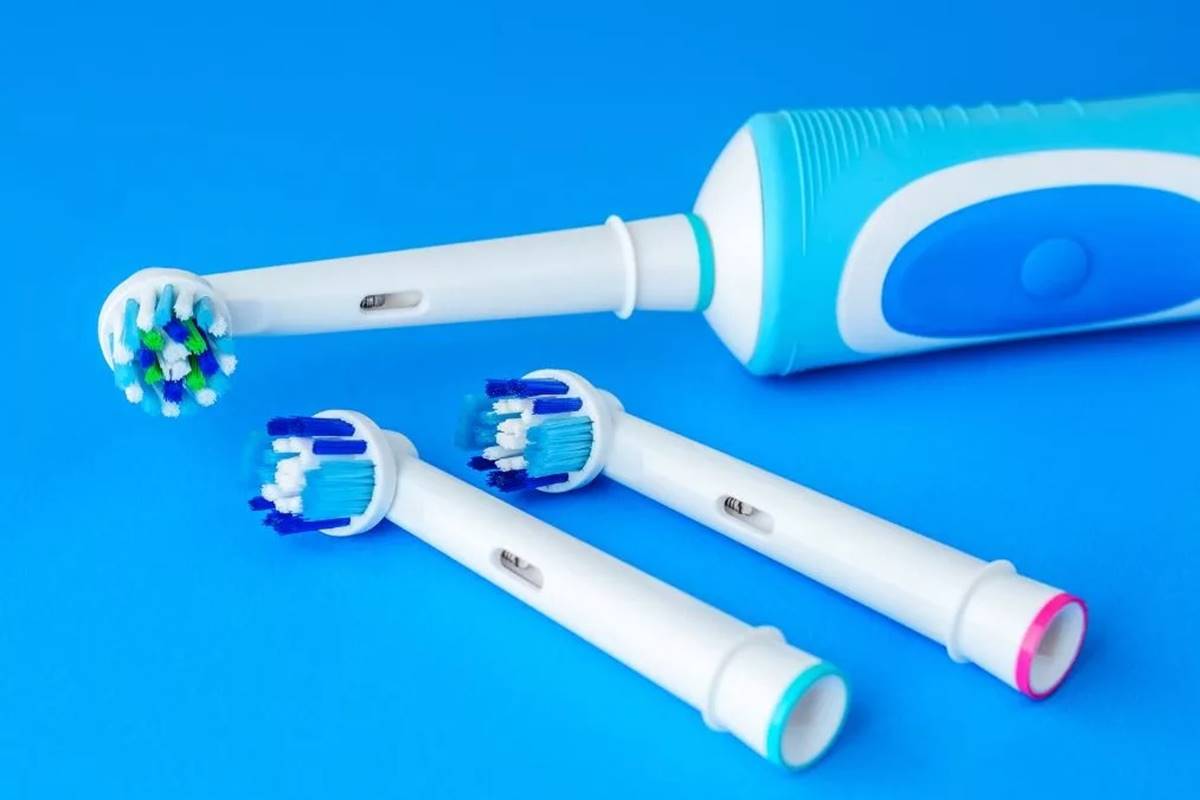
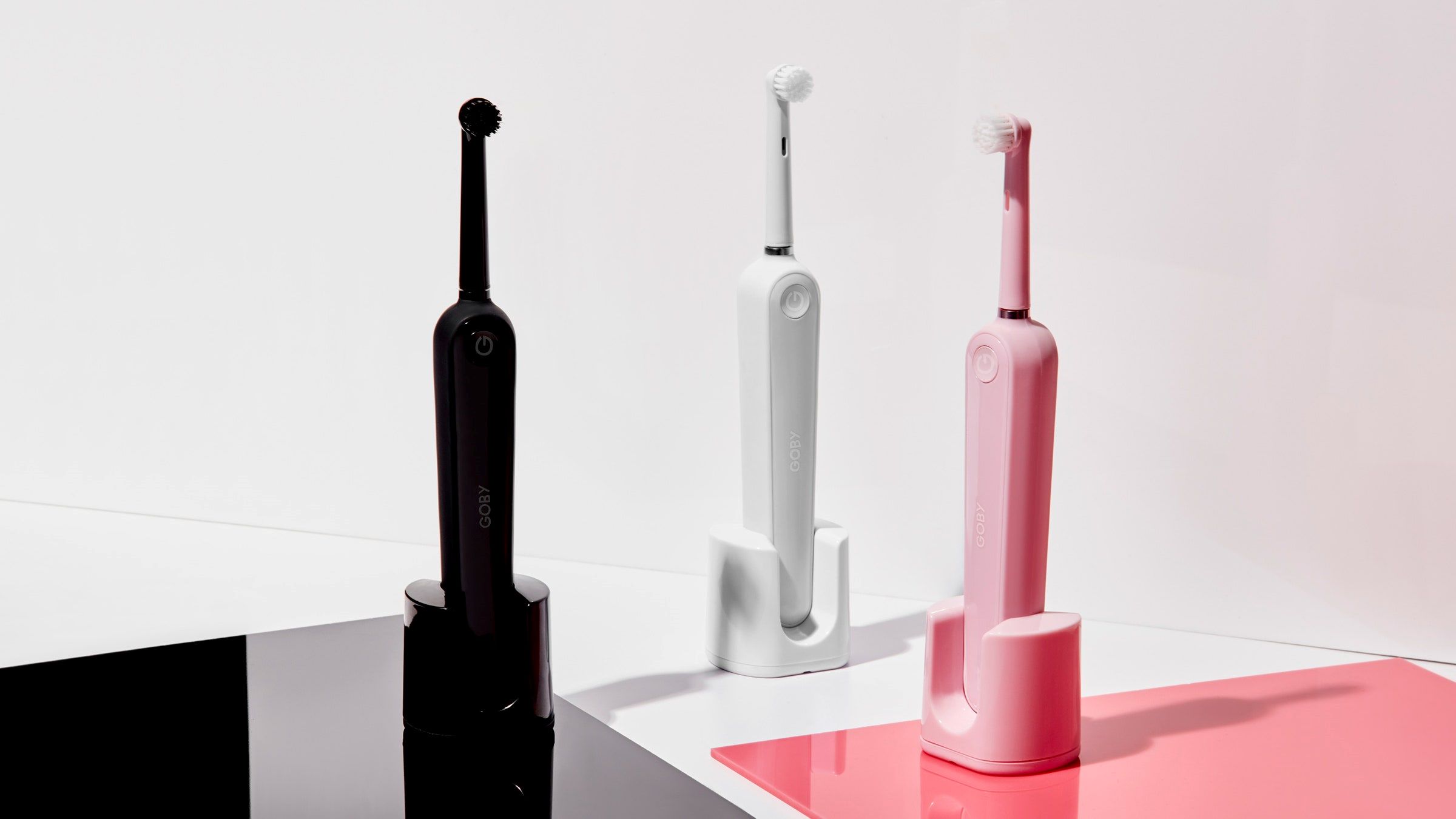
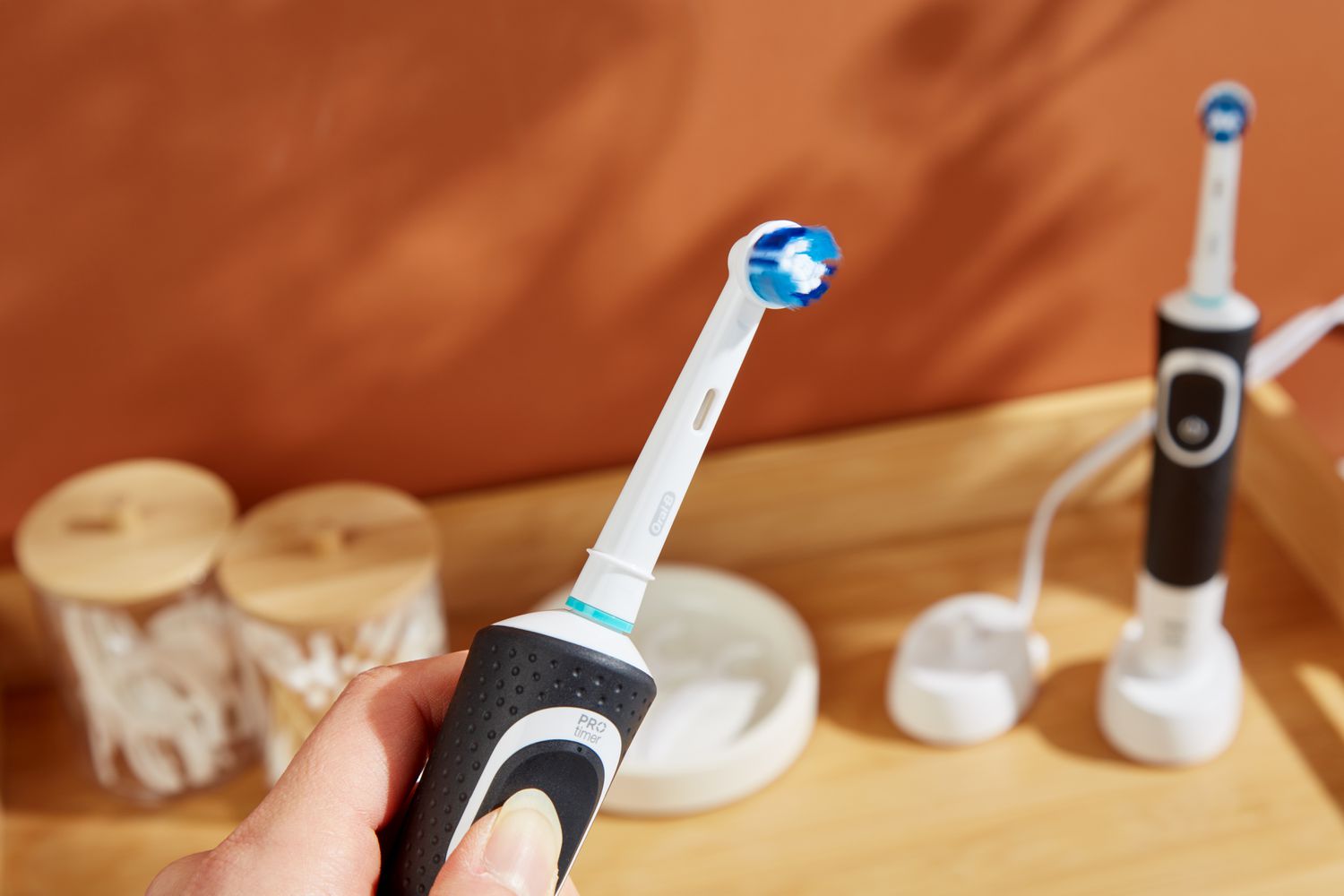
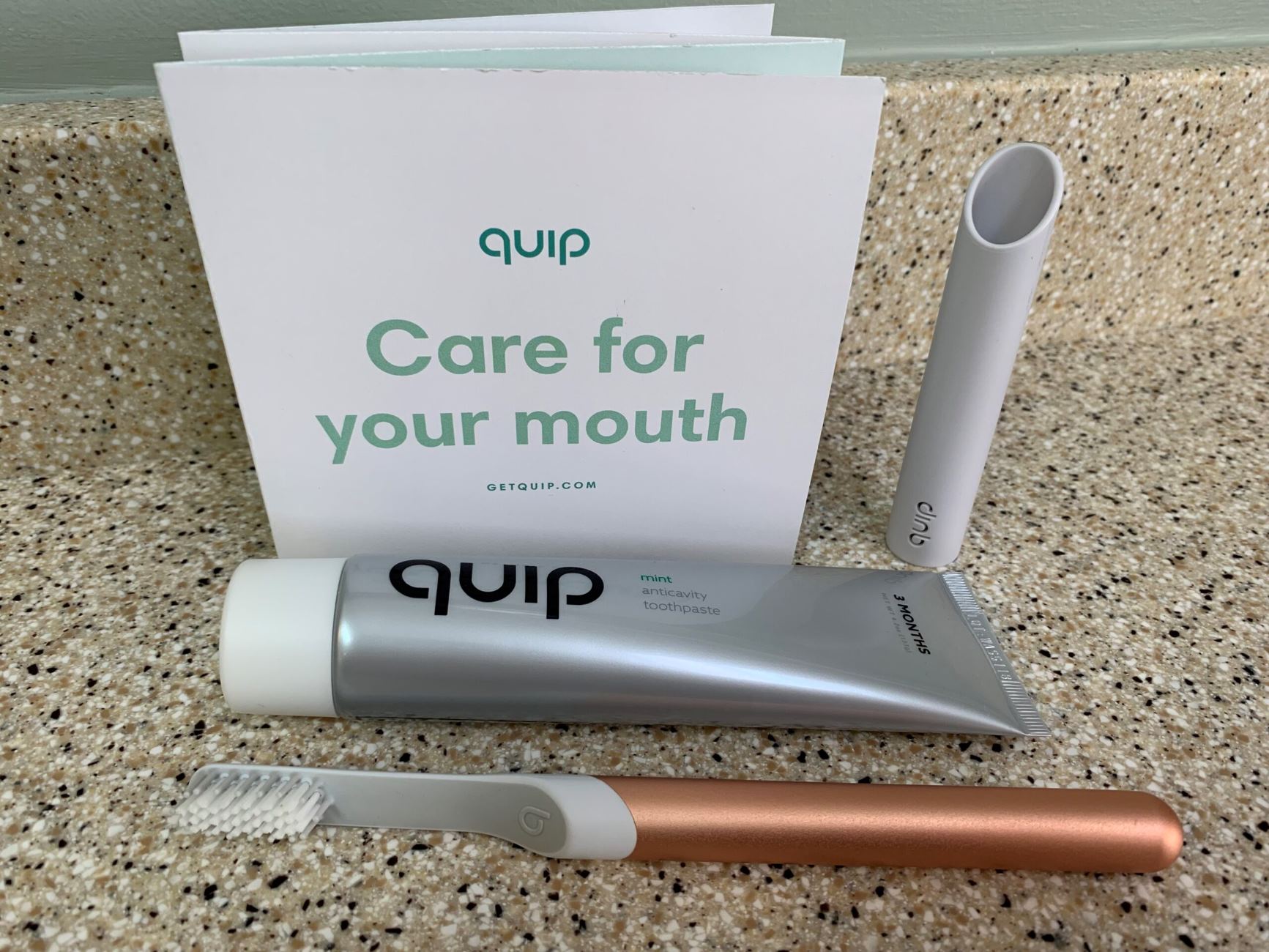
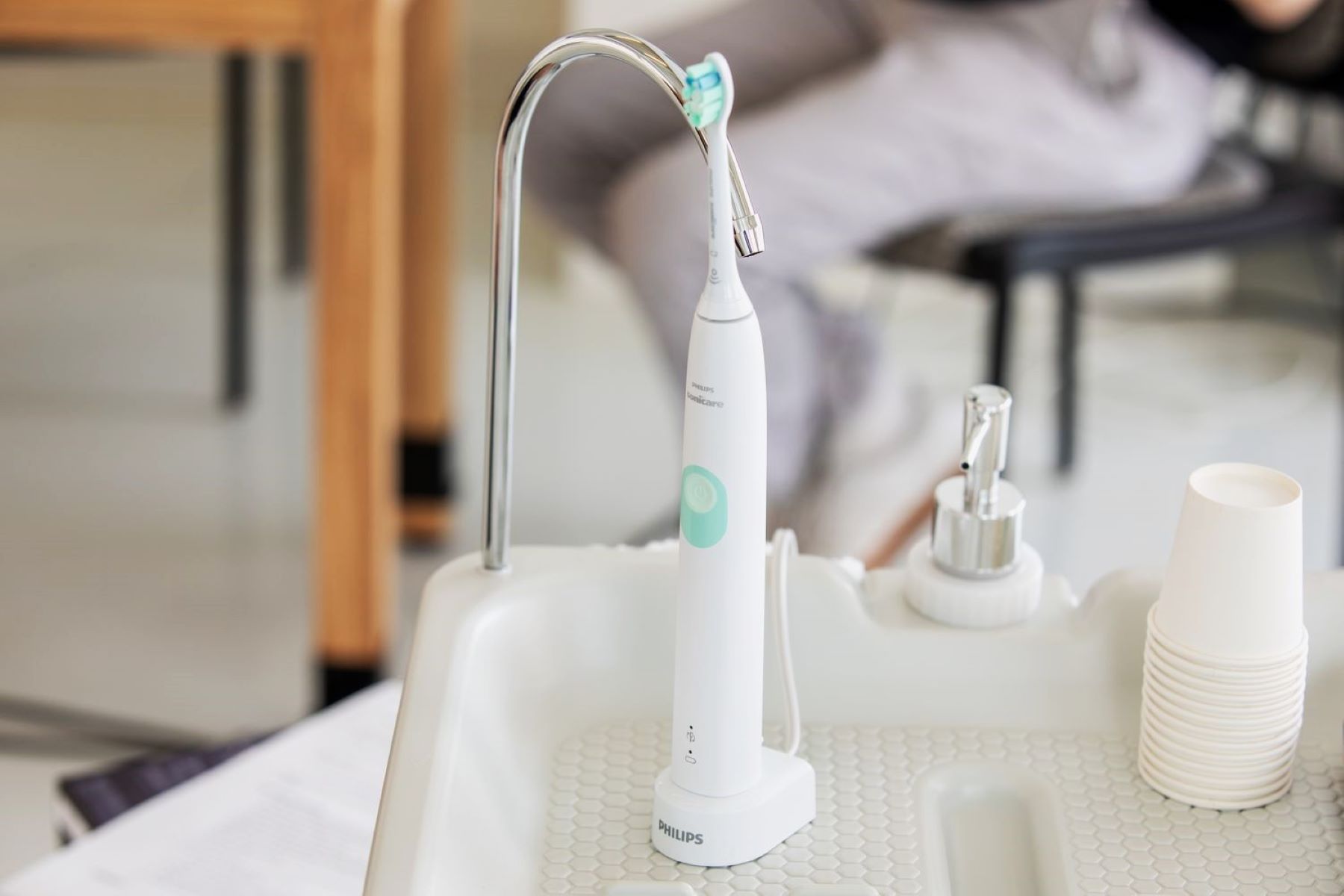
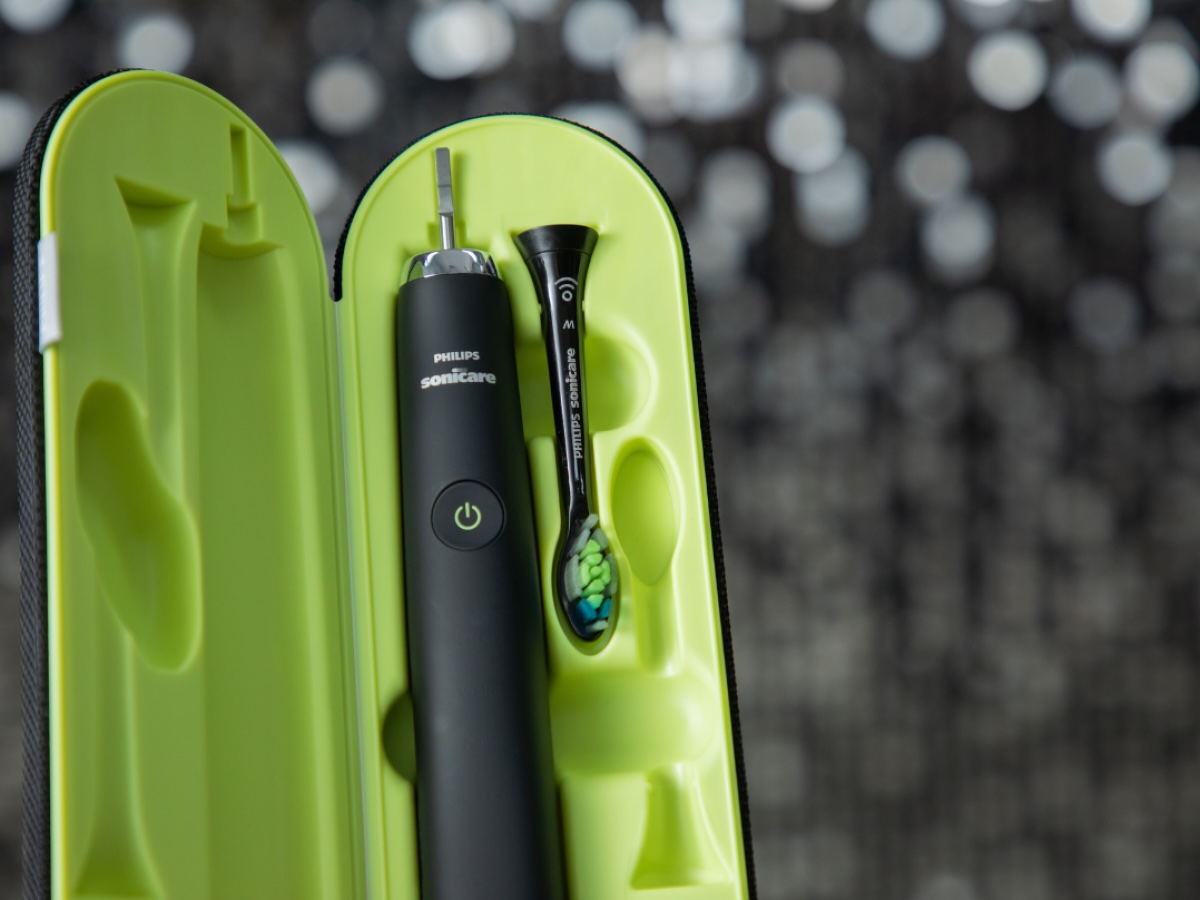
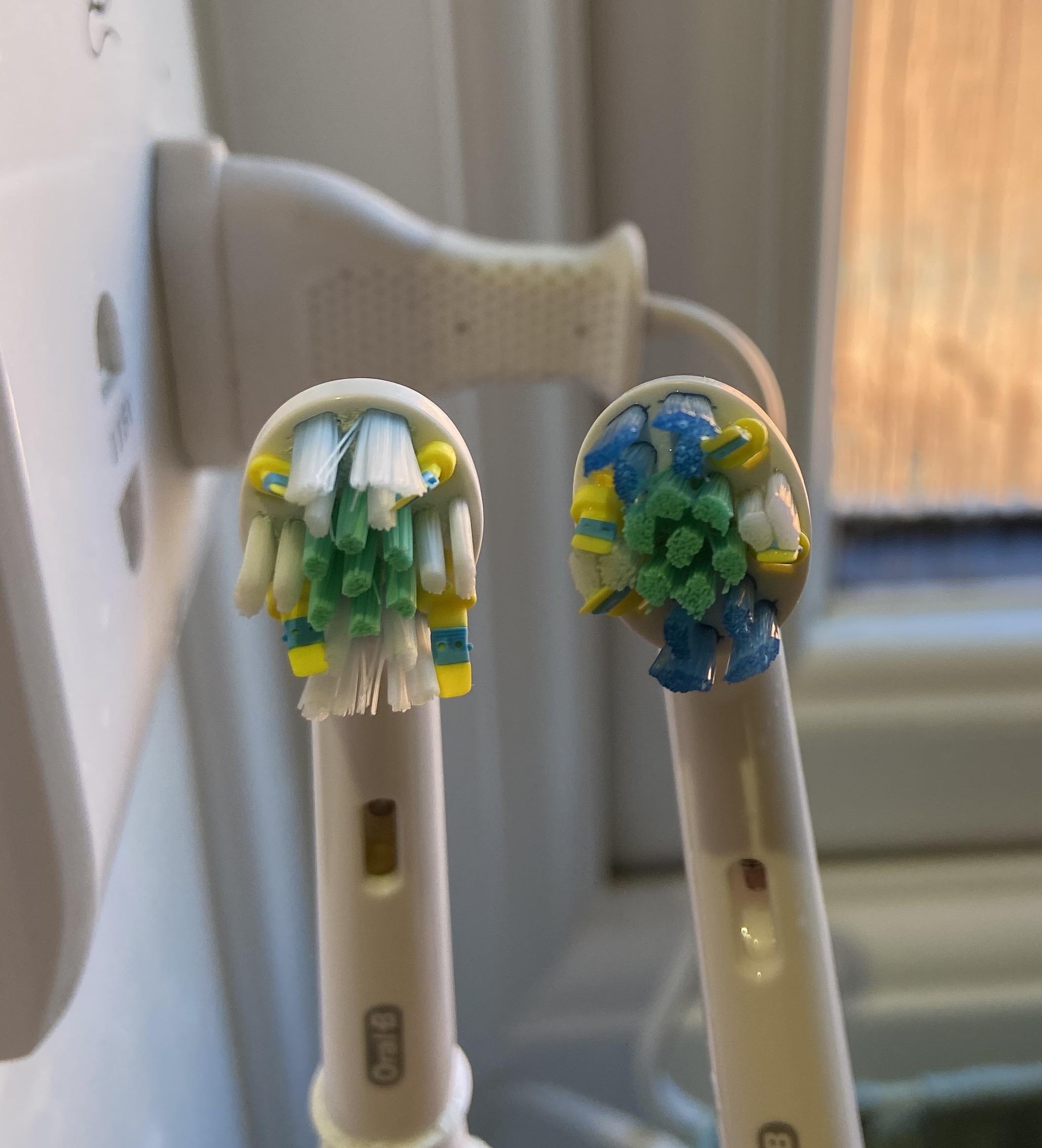
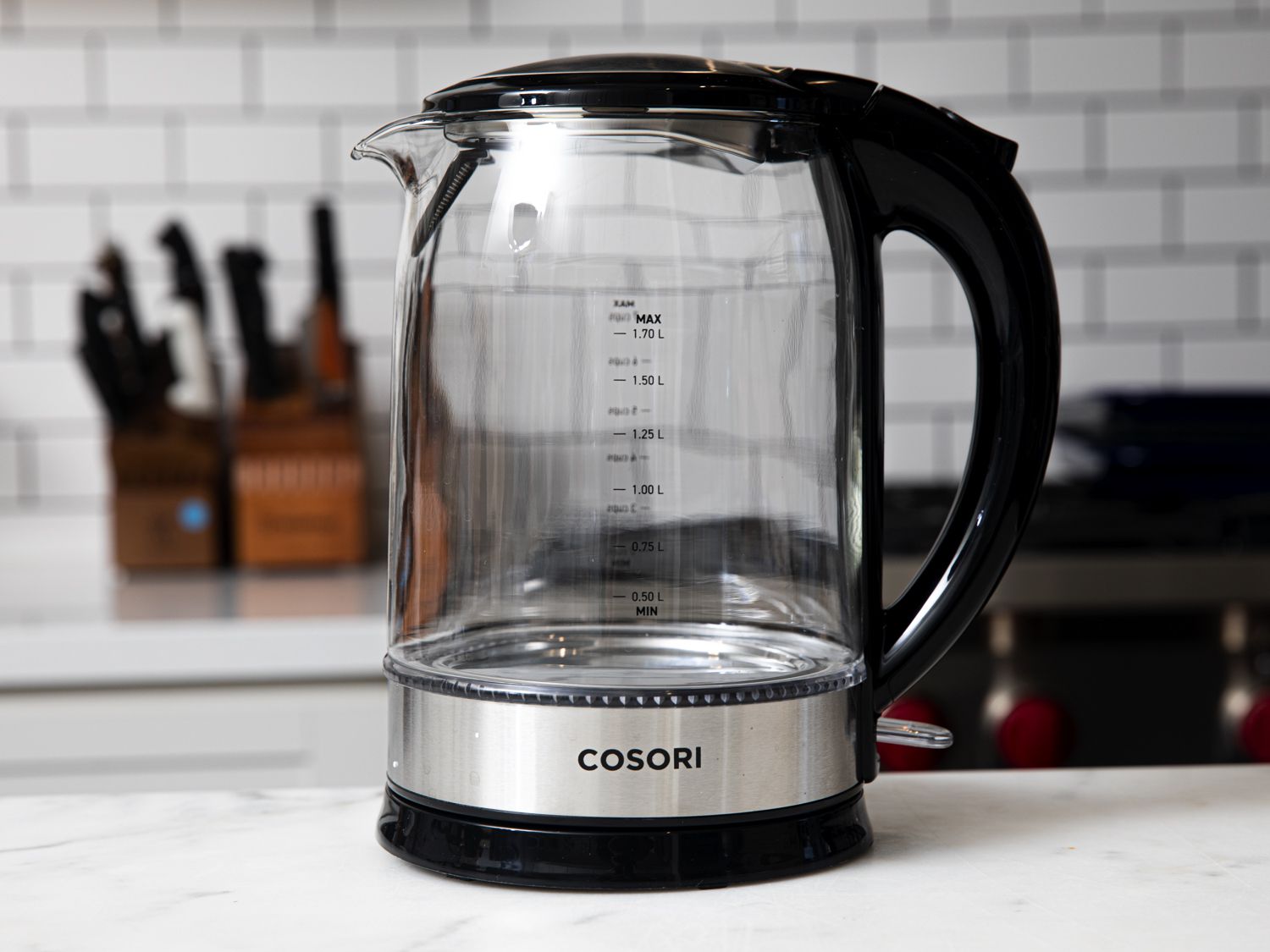
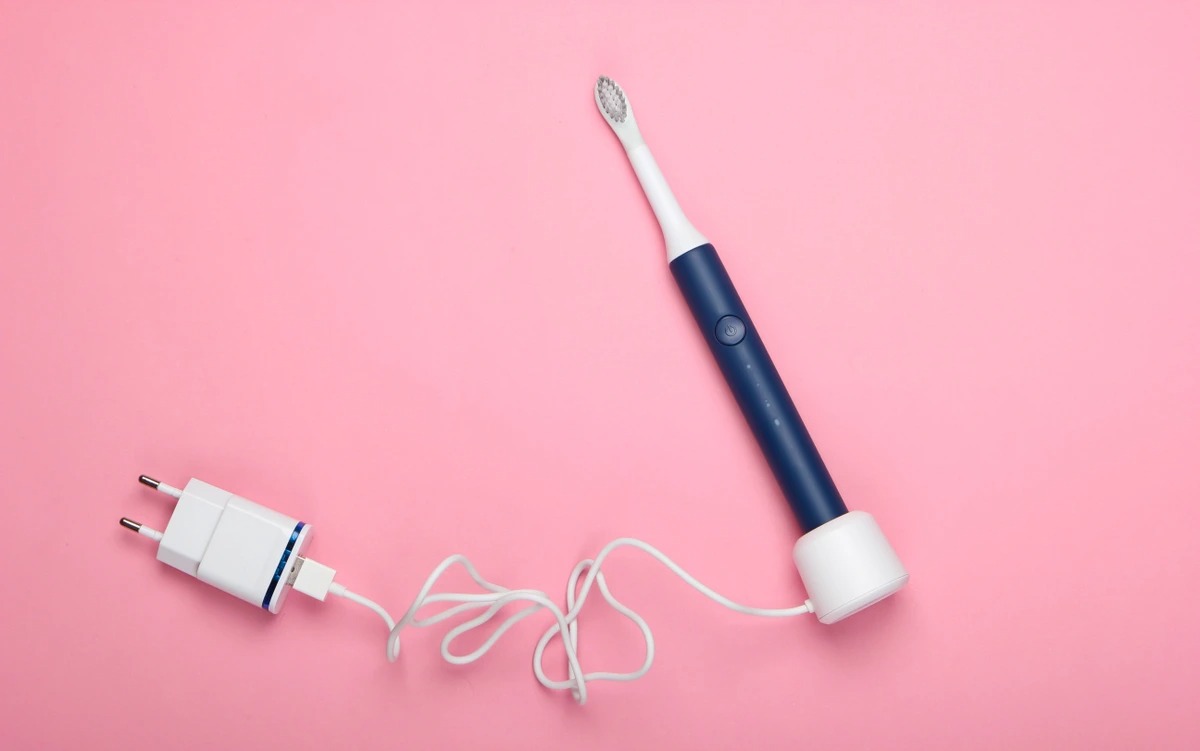


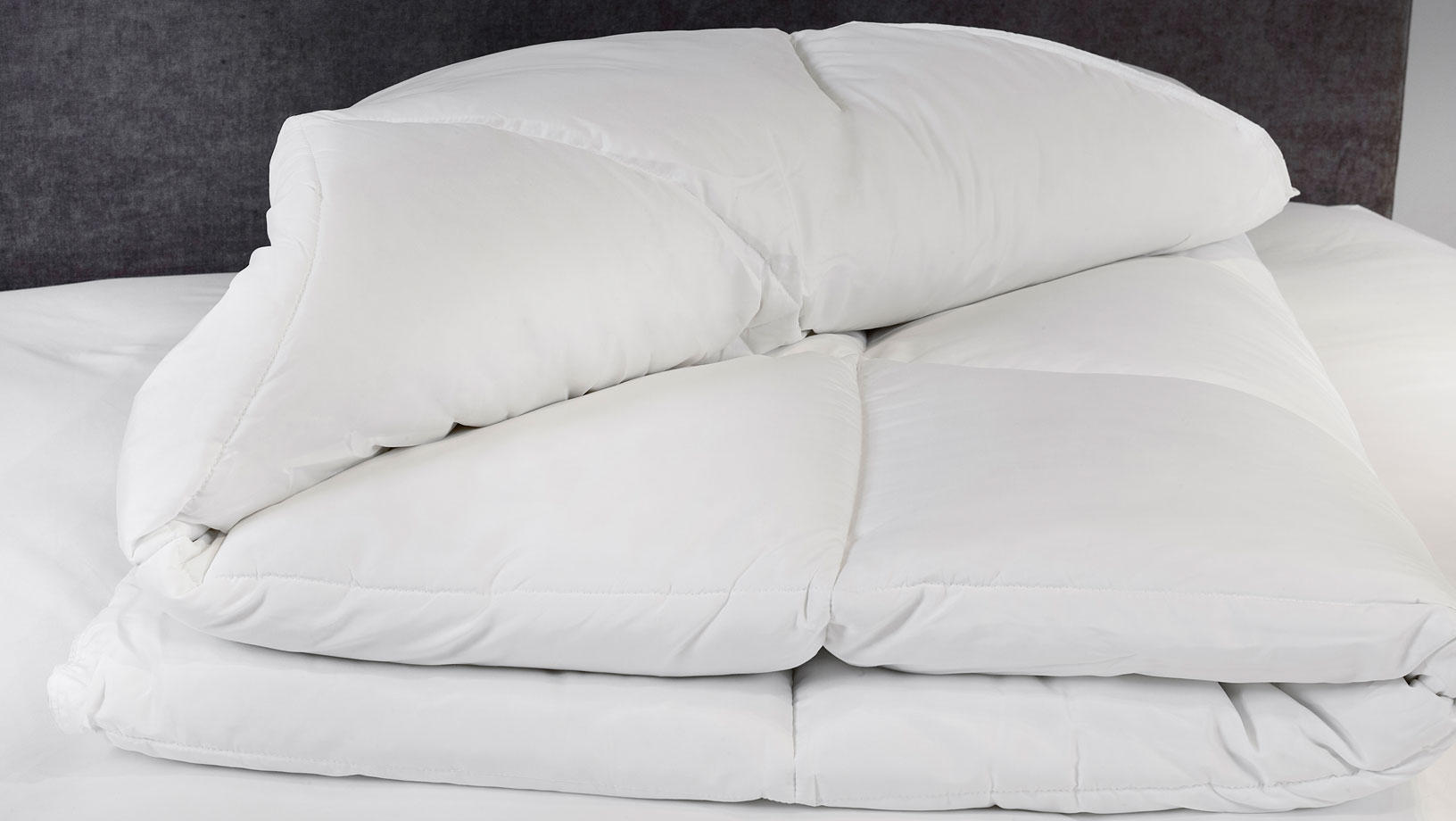


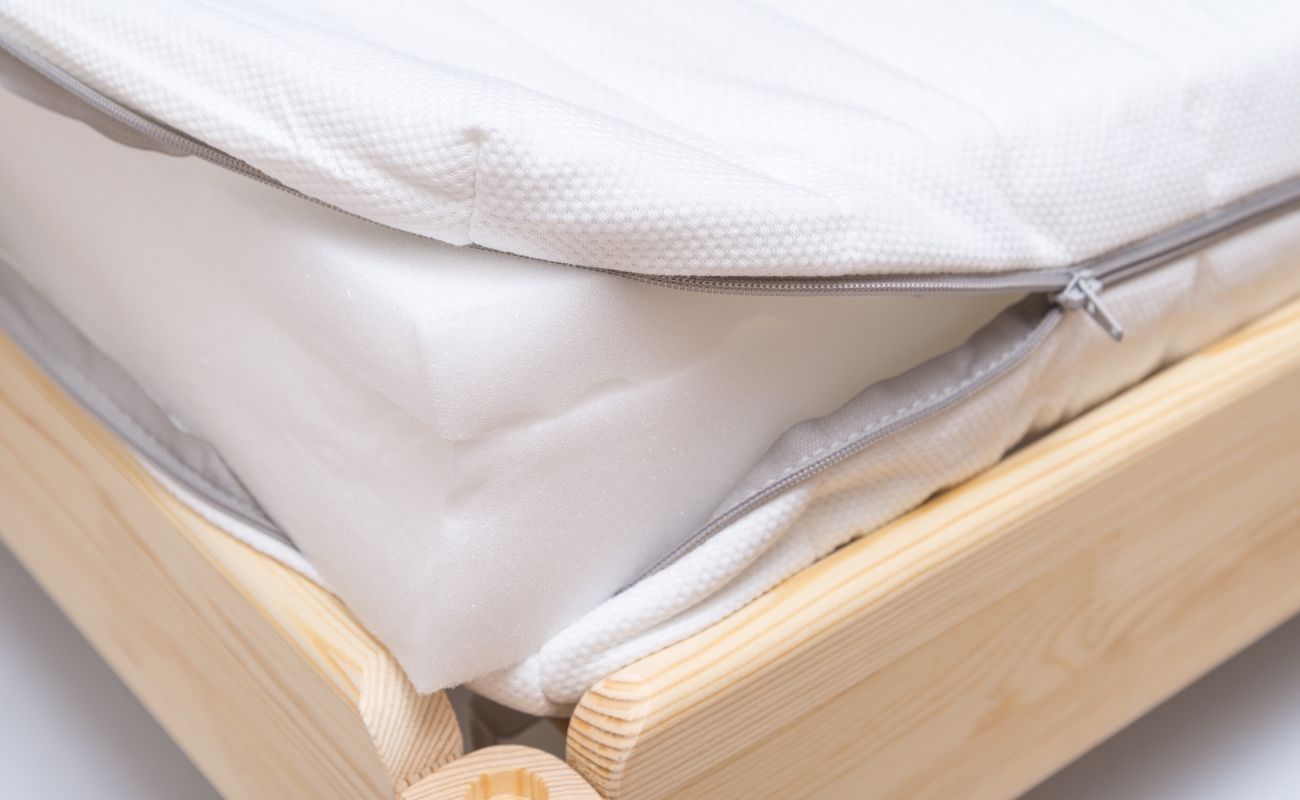

0 thoughts on “How Long Does An Electric Toothbrush Last”